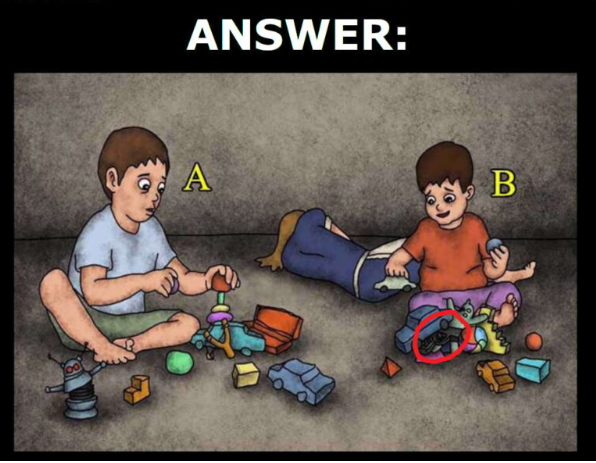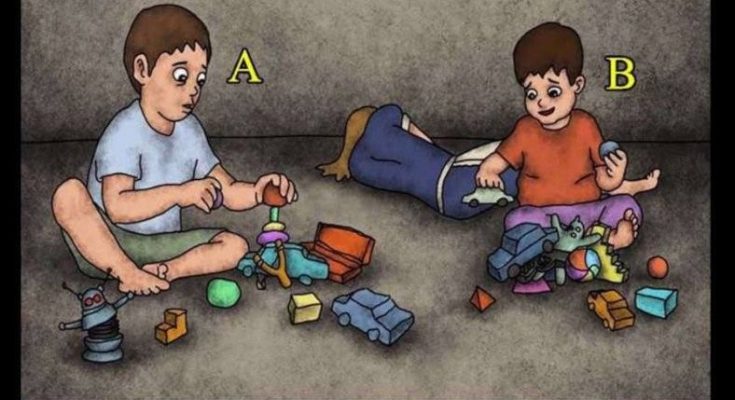In today’s fast-paced digital world, riddles have found new life. Whether shared through social media, blogs, or video platforms, riddles engage audiences by offering a mental challenge that is both entertaining and intellectually stimulating.
For a riddle to capture widespread attention, it needs to strike the right balance between difficulty and engagement. A riddle that is too easy won’t hold interest, while one that is too hard will frustrate and deter people. The perfect riddle is one that challenges the mind, encourages conversation, and has an element of surprise.
Riddles like “Who Killed the Nanny?” require more than just surface-level thinking. They demand a deeper level of analysis, pushing you to look beyond the obvious and explore hidden clues that may not be immediately apparent. This kind of critical thinking is not only enjoyable but also helps improve cognitive function.
Let’s take a closer look at the riddle that’s been perplexing so many. The “Who Killed the Nanny?” puzzle is deceptively simple: it presents an image of two young boys playing on the floor, and the question is, “Who killed the nanny?” At first glance, the question seems unrelated to the image, but a closer inspection reveals a subtle clue—a small firearm among the toys near one of the boys.
The key to solving this riddle lies in paying attention to details that might be overlooked at first. The hidden firearm among the toys is the crucial clue, suggesting that the younger boy, labeled as “Boy B,” is the culprit. This twist forces solvers to think outside the box and re-evaluate their initial assumptions.
What makes this riddle so compelling is its unexpected twist. It’s not just a straightforward puzzle; it requires you to question the obvious and consider the unlikely. This element of surprise is a major factor in why riddles like this go viral—they catch people off guard and invite them to share the challenge with others.
Another reason the “Who Killed the Nanny?” riddle resonates with so many is that it taps into universal themes of mystery and problem-solving. People love to play detective, and riddles like this offer a way to indulge that instinct in a fun, low-stakes environment.
Visual elements can greatly enhance a riddle’s impact. The “Who Killed the Nanny?” puzzle uses a simple image to convey a complex problem, making it accessible and engaging for a wide audience. The use of visuals not only aids in comprehension but also makes the riddle more shareable, increasing its viral potential.
If you’re interested in creating riddles that capture attention, there are a few key strategies to keep in mind:
- Leverage Unexpected Twists: Like the “Who Killed the Nanny?” riddle, introduce a twist that challenges assumptions and keeps people guessing.
- Incorporate Relatable Themes: Use themes that resonate with a broad audience, such as mystery, humor, or everyday scenarios.
- Ensure Fairness and Logic: Provide enough information for the riddle to be solvable with careful observation and logical reasoning—avoid trickery.
- Encourage Friendly Competition: Create an environment where people can share the riddle and challenge their friends, fostering community engagement.
- Use Visuals and Multimedia: Enhance your riddle with eye-catching visuals or interactive elements to boost engagement and shareability.
Solving riddles isn’t just fun—it’s also good for your brain. Engaging in these puzzles helps improve critical thinking, boosts creativity, and enhances problem-solving skills. Riddles challenge your mind to think in new ways, making them an excellent exercise for maintaining mental sharpness.

In an age where content is constantly evolving, riddles have proven their staying power. They’re simple yet profound, challenging yet accessible. Whether it’s a classic puzzle or a new viral sensation like “Who Killed the Nanny?”, riddles will continue to captivate and engage audiences around the world.
Riddles like “Who Killed the Nanny?” remind us of the timeless appeal of a good mental challenge. They engage our minds, encourage us to think critically, and offer a fun way to connect with others. As you navigate the world of riddles, remember to enjoy the process of discovery—after all, the journey to the solution is often just as rewarding as the answer itself.



